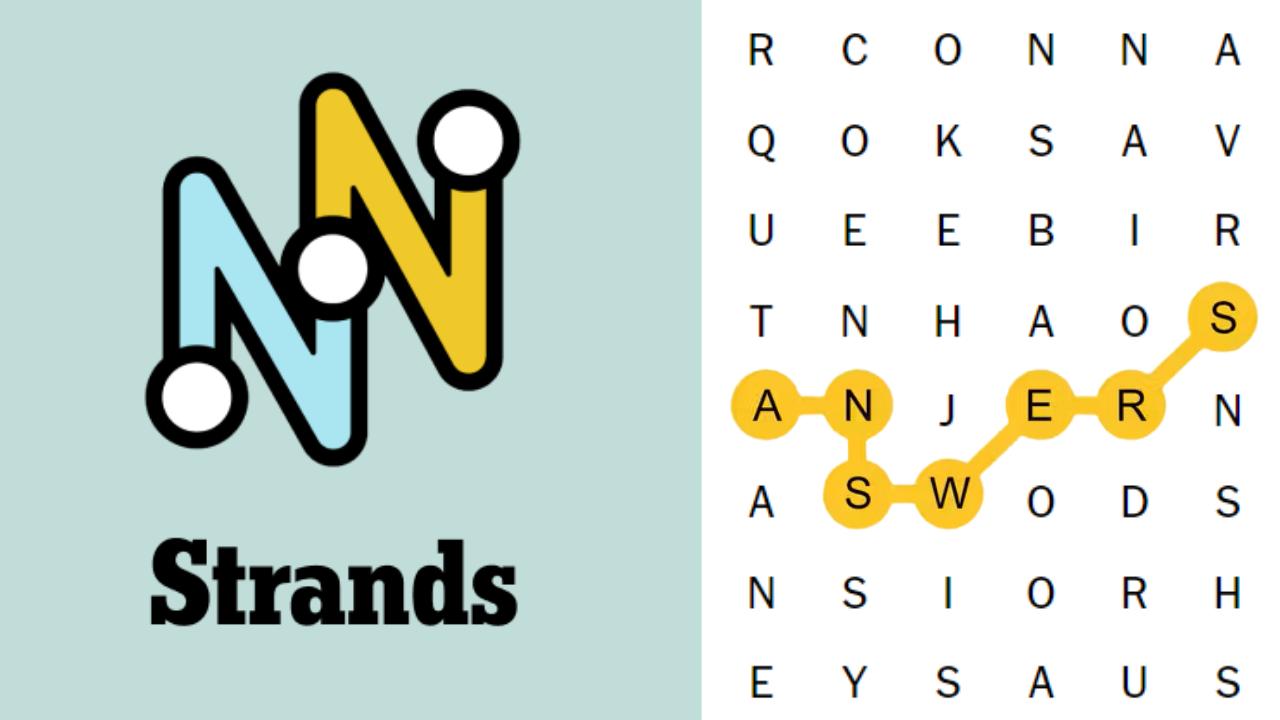Ken Ringdahl is the Chief Technology Officer at Emburse.
Every decade or so, a new innovation shakes the foundations of software development. We saw that first with the internet and then modern cloud computing, including new software delivery mechanisms like containers and serverless computing. But the hype around generative AI feels unlike anything else in my career.
As an early adopter of generative AI tools in development pipelines, I’ve validated their ability to boost productivity and transform the way my teams build software. And as an Agile advocate, it strikes me how naturally generative AI multiplies the methodology I’ve practiced for the last two decades.
Agile is about continuous improvement. You break delivery into short sprints, reflect at regular intervals and build upon the next cycle. Generative AI operates on a similar principle by learning and adapting its responses with new input. When applied in development workflows, it naturally amplifies core Agile values like quick iterations, knowledge sharing and continuous attention to technical excellence.
By improving output, accelerating cycles and improving collaboration, I believe generative AI is delivering the greatest force multiplier effect Agile has ever seen.
Shifting Software Development Left For More Frequent Delivery
Agile teams aim to catch issues early. The earlier we find an issue, the cheaper and easier it is to fix. That’s the concept of “shifting left”: catching defects early in the development process, ideally while the developer is still writing the code or possibly even in the design phase.
Code security tools and coding assistants like Snyk, GitHub Copilot, and Cursor have made huge leaps in shifting development left. They flag defects in real time, before the code is even compiled, and suggest corrections on the spot. When developers spend less time reworking code, we get to ship software early and often—a core Agile principle.
By scanning code as it’s written, AI programming tools also prevent developers from shipping easy-to-catch vulnerabilities or common but harder-to-detect issues like memory leaks or race conditions. To be clear, these tools shouldn’t replace testing during release or production. We still need QA engineers to handle complex system-level and performance tests. But AI allows teams to avoid introducing vulnerabilities in earlier stages of the pipeline, saving us from fixing defects late in the cycle. That’s exactly the kind of efficiency Agile practitioners strive for.
Automating Documentation Enables Knowledge Sharing
Agile practitioners believe that teams make fewer and earlier-stage mistakes when they prioritize transparent and deep collaboration. Siloed institutional knowledge is the enemy of efficiency and creates organizational single points of failure, or “Brents” as I like to call them. If you don’t know that reference, I highly recommend picking up The Phoenix Project next. If only one or two developers are familiar with a particular system or codebase, projects can grind to a halt when those developers leave the company or go out of office.
Automating documentation is one way to prevent knowledge silos. AI-powered IDE plugins can analyze your codebase and generate architectural diagrams automatically, saving developers from hand-drawing them in Visio. Other tools can analyze code and generate detailed comments for functions, loops and classes.
Finally, AI-enabled knowledge bases like Notion “automate” how teams access and store documentation. Tools like Notion AI can read through code and surface key information to generate and maintain technical documentation. A sales executive can ask when a product will be released in a certain country and instantly get an answer based on proposed product roadmaps.
Agile ceremonies like retrospectives and sprint planning also run more efficiently when everyone has quick access to the same accurate information. Automating documentation across multiple dimensions makes knowledge sharing easier for development teams and the customers and coworkers they support.
But We Can’t Forsake Security For Innovation
With all the benefits generative AI offers, we can’t ignore the risks—especially around data security. Many commercial large language models (LLMs) use the data they receive to improve their training. That’s a problem if sensitive code or customer data inadvertently ends up being exposed through AI outputs. Security and privacy are non-negotiable when adopting AI tools. Development teams that neglect data protection could find themselves facing serious risks to IP and cybersecurity.
Generative AI Makes Agile Teams More Agile Than Ever
Resource constraints are another hallmark of Agile teams. Our list of bugs is always growing, and we build out roadmaps bigger than our capacity. Generative AI helps us deliver better software, faster. It speeds up defect detection and automates knowledge sharing, grounding teams in the Agile principles of quick iterations, technical excellence, and strong collaboration.
As it reduces cycle times, it will also transform how developers build software. We’ll see Agile teams become even faster and leaner as they adopt generative AI tools more widely. Like any hyped up innovation, it requires thorough POCs (proofs of concept) and a focus on security. Agile teams that embrace generative AI strategically—arming themselves with the right tools and skills to use them—will see faster delivery times and better software quality. And isn’t that what the Agile Alliance always wanted?
Forbes Technology Council is an invitation-only community for world-class CIOs, CTOs and technology executives. Do I qualify?








